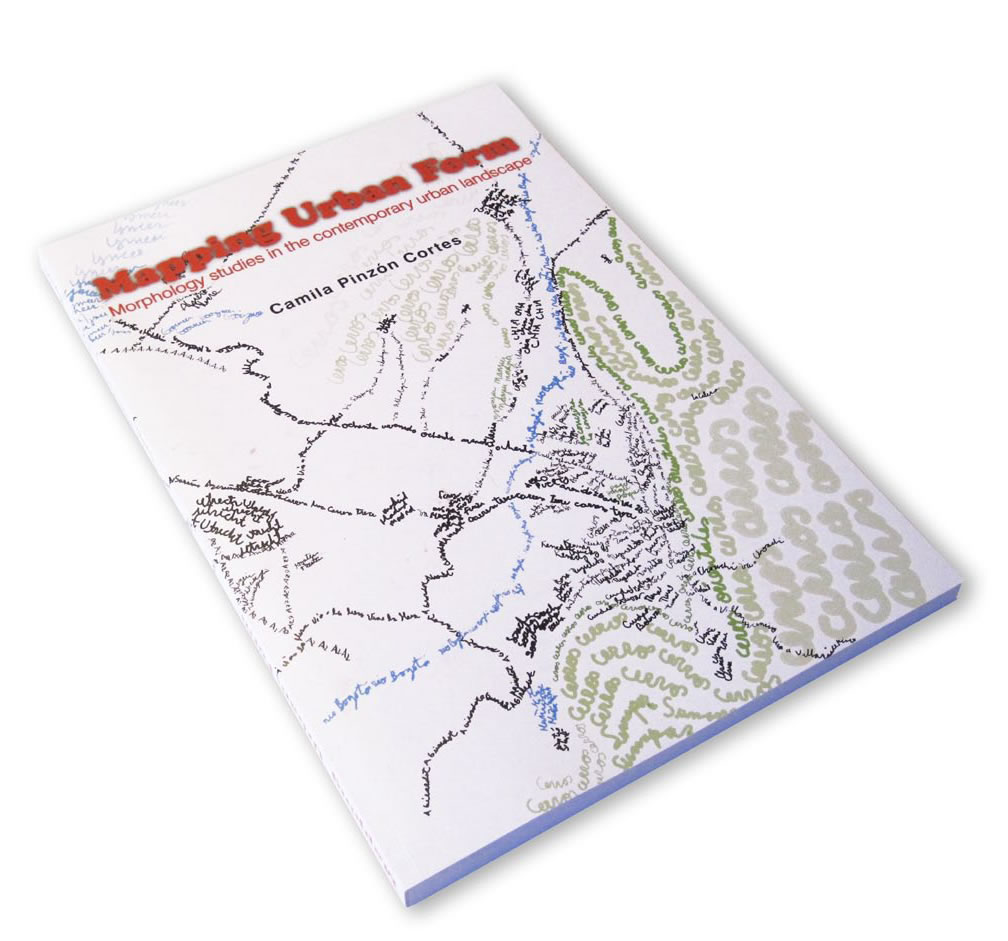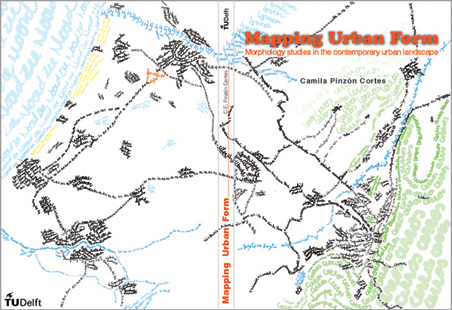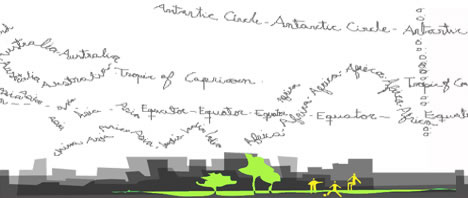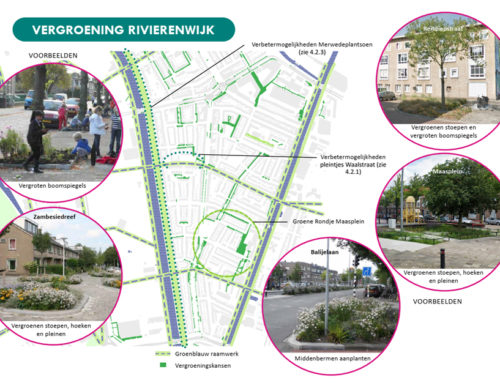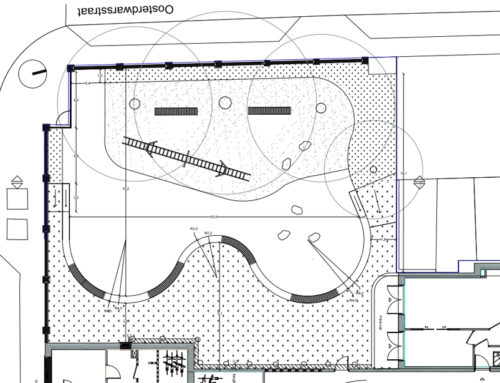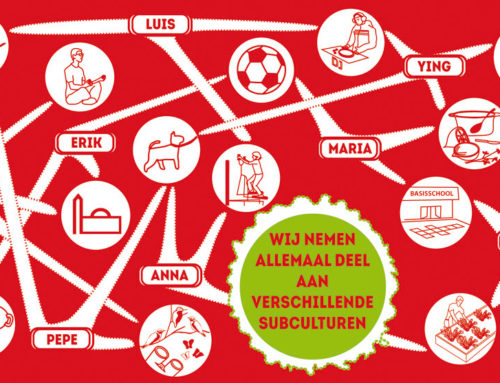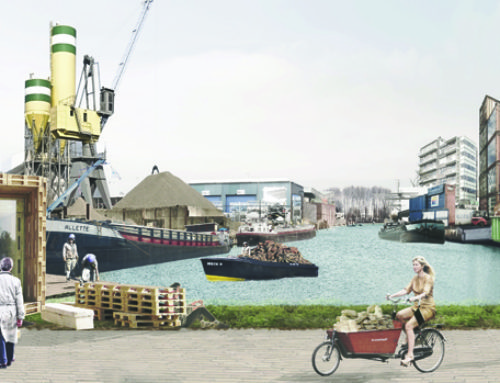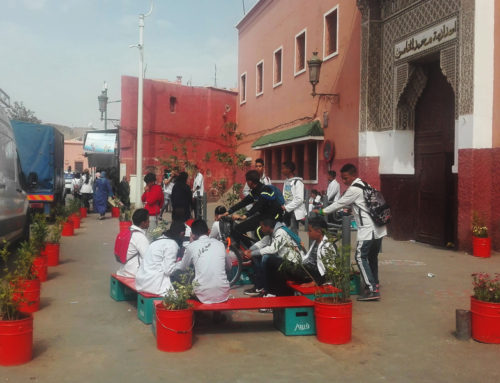Project Description
This PhD dissertation developed at the Urbanism department of the TU Delft discusses the importance to map the form of the contemporary city. While many have talk about the dispersion and amorphous of the city today, due to the difficulty to define its borders, the research shows how mapping is the tool to uncover its formal logic. In order to do this, the research goes through an extensive review of existent studies on traditional urban morphology, and on mapping territories and landscapes. It goes then to apply the findings of this review to a comparative mapping of the Randstad region in the Netherlands and the Bogotá-Sabana region in Colombia. Conclusions from this comparison show general processes and elements that can be followed to map the formal logic of the contemporary city. Through mapping, the urban landscape can be understood as a system of overlapping layers. In the collision of the different layers a new regional structure emerges, one formed by areas that are leftover spaces. The observation in terms of overlapping layers and in-between areas shows that the amorphous contemporary city has a clear logic that can be understood through mapping. It also allows covering different scales from the building block until the region. Finally, the research shows how mapping is simultaneously a research tool and a design approximation to the studied urban reality that allows visualizing future scenarios.


